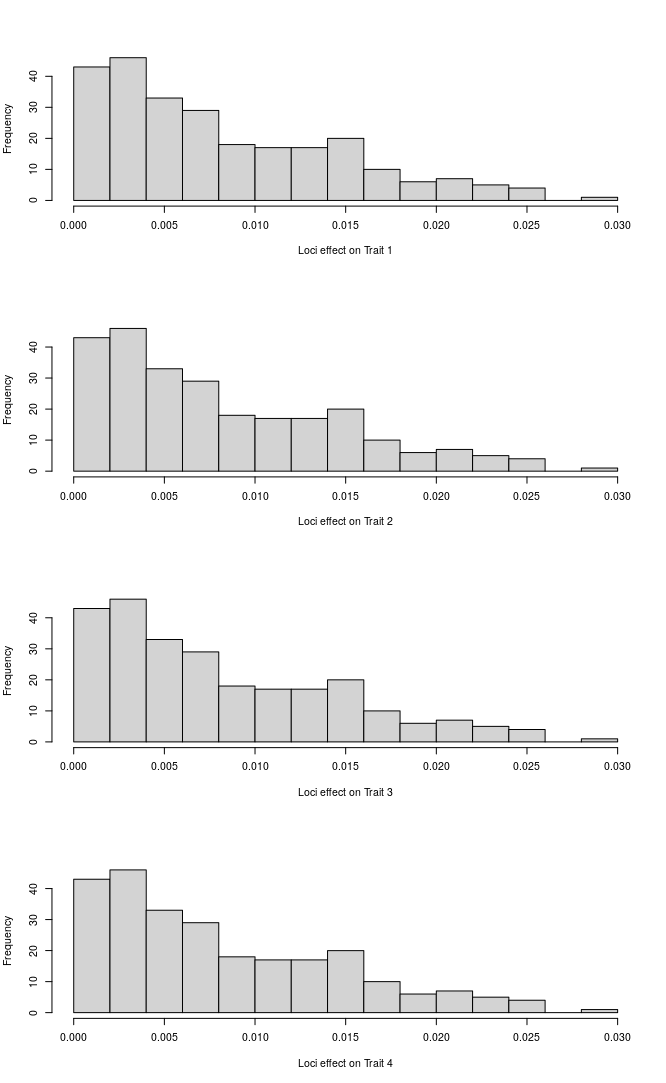One thought is an analysis of the relative merits of spatial vs temporal heterogeneity in delaying / preventing resistance evolution. Following our discussions, it would be fair to predict that the answer will be sensitive to geneflow - and that (I think) under infinite geneflow temporal variation in biocontrol will be superior?


We can use this issue to propose and discuss potential ideas for simulations to address interesting scientific questions.